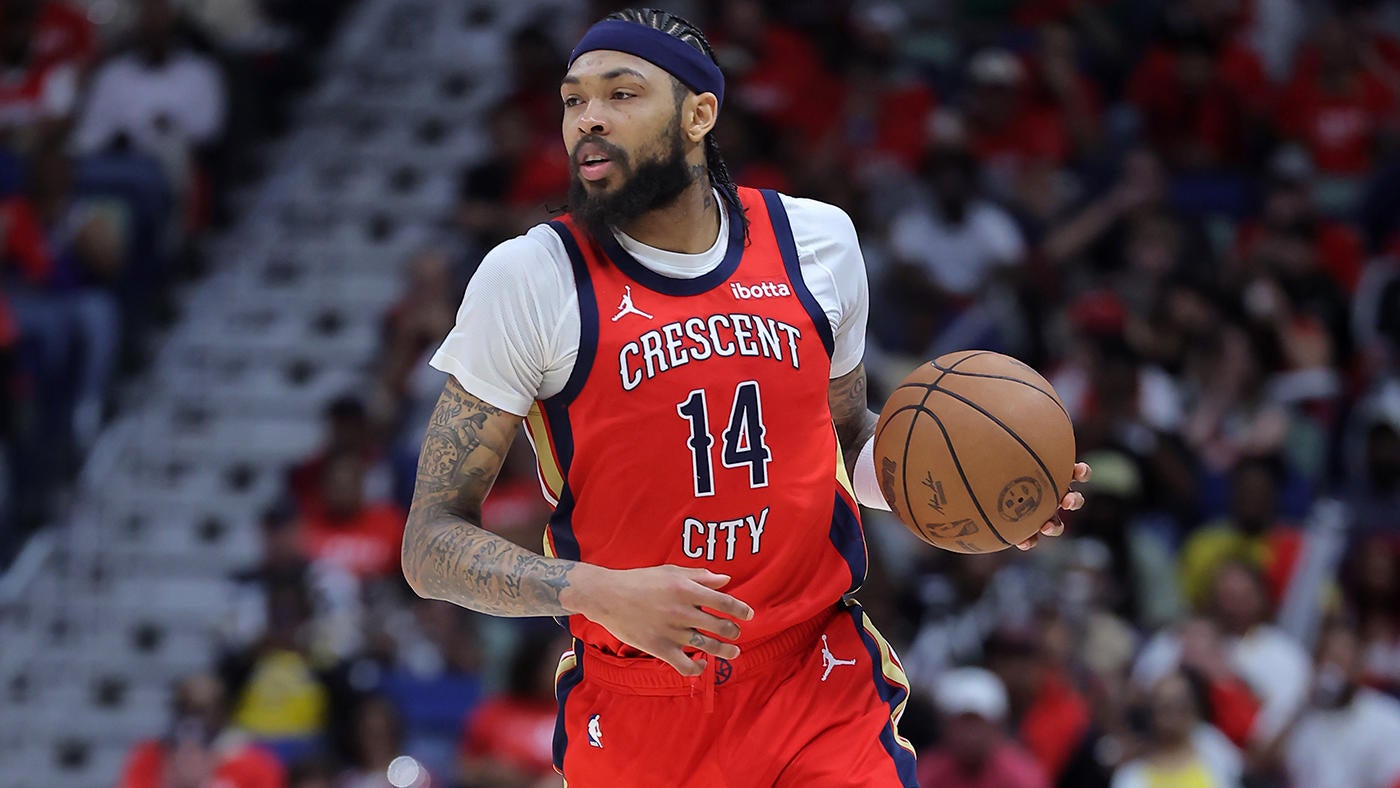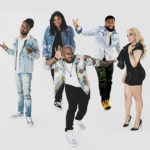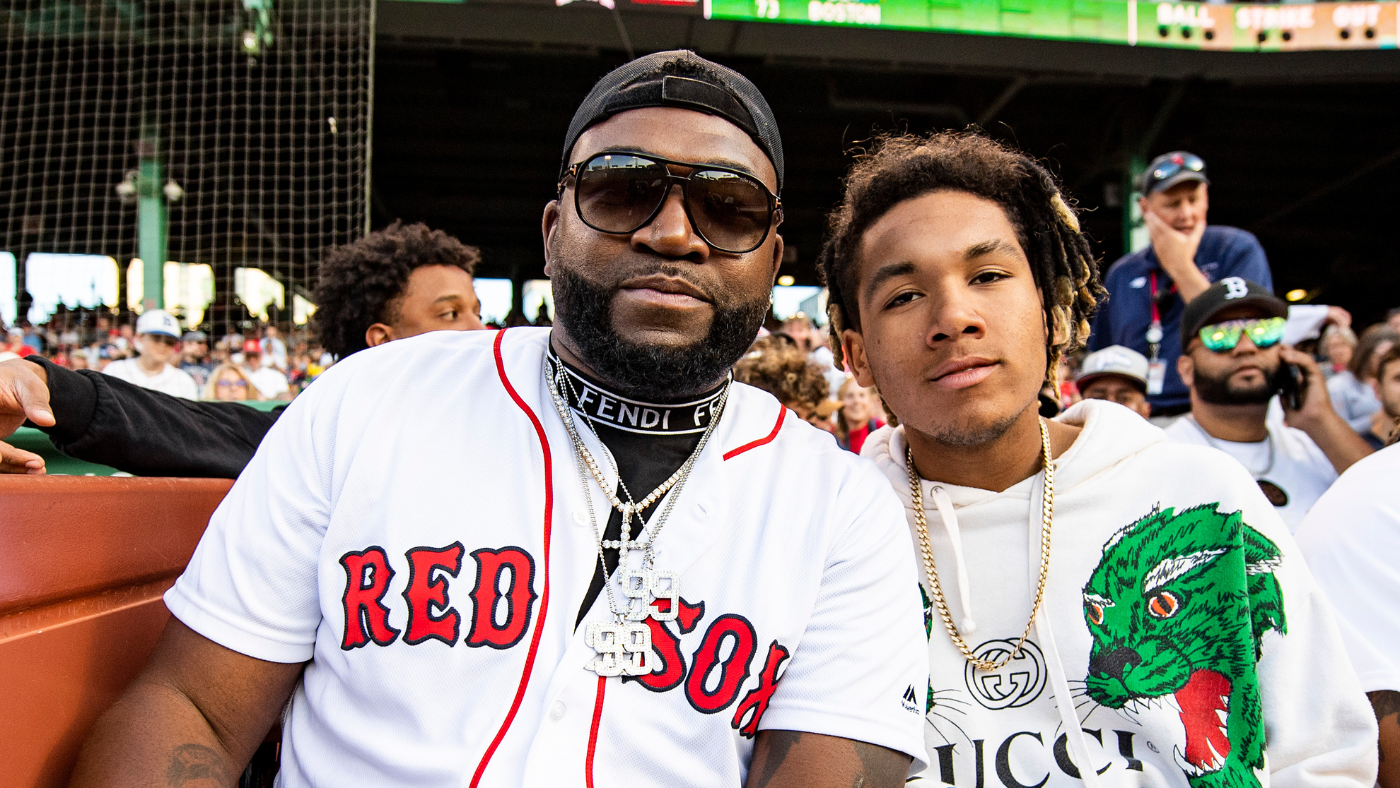Pelicans, Brandon Ingram will ‘play it out,’ David Griffin says, as trade would be ‘mechanically complicated’
Written by CBS SPORTS ALL RIGHTS RESERVED on July 16, 2024


Do not expect New Orleans Pelicans forward Brandon Ingram to be traded anytime soon, and do not expect him to sign an extension anytime soon, either, judging by Pelicans executive vice president David Griffin’s comments in an interview on Sirius XM NBA Radio.
“So I think from a relationship standpoint, we’ve been really clear we’d prefer Brandon stays with us and Brandon’s been pretty clear he prefers to stay with us. At the same time, there is a financial reality to this, and where I think we can go in terms of keeping this group together might not be as far as he and his agency would like us to be able to go,” Griffin said Monday, during an interview with Mark Termine, Ryan McDonough and Tom Crean. “And so, for now, we’re going to play it out. I think we’re committed to each other. I think we’re committed to seeing if this team can work in a way that makes it make sense.”
Ingram is owed $36 million in 2024-25 and is eligible to sign a contract extension worth up to $208 million over four years. If New Orleans were willing to offer him that much, the deal would surely be done, but it has decided not to.
“In some markets, you don’t have to make any decisions: You get a max, and you get a max, and you get a max, and you hoard talent,” Griffin said. “We’re not that market. So, we’re going to have to make sure the fit is right and we’re going to have to make sure that we can keep the group together. So, if there’s a way we can do that with Brandon in a sustainable way, we want to do it. And I think he feels the same.”
Marc Stein of The Stein Line reported last week that the Pelicans and Ingram’s camp have both looked for teams that would be willing to trade for him and then give him a max extension, but these searches have not been successful. Asked about Ingram’s value on the trade market, Griffin said, “Yeah, so it’s interesting. I would have told you that, coming into the offseason, his value was incredibly high, and he was one of the players that everybody asked our team about.” Finding a trade that makes sense, however, is a different story, given what it would cost to retain Ingram and the restrictions in the new collective-bargaining agreement.
“When you don’t have to pay them, you want all of them,” Griffin said. “And then when you actually have to hand them $50 million a year, mechanically, it gets complicated. And so I think one of the things that’s fascinating about this new CBA is that the teams that benefit from the most from a player like a Brandon Ingram are teams like ours that think we’re a Brandon Ingram away from being a championship-caliber team. Mechanically this CBA doesn’t allow most of them to make a trade, so this is the first market and the first year that I think you’re ever going to see that. There are a lot of guys that are mechanically incapable of being traded, and Brandon’s somebody fortunately we have no real desire to trade, so it doesn’t matter, but I think at the end of the day, that’s going to be something that becomes more common.”
When Griffin said that trades have become “mechanically complicated” and some players have become “mechanically incapable of being traded,” he’s referring to the roster-building rules that now apply to big spenders. If your payroll is over the first apron (i.e. $178.1 million this season), then you can’t take back more salary than you send out in a trade. If your payroll is over the second apron (i.e. $188.9 million this season), then you can’t aggregate multiple players’ salaries in a trade. These rules alone do not eliminate every potential suitor for Ingram, but, when you factor in the kind of salary he’ll command on his next contract, they do indeed make it much more complicated to acquire him. Even teams that previously would have thrown money at their problems — i.e. you get a max, you get a max, you get a max — have been forced to take a different approach, as repeatedly going over the second apron means having future draft picks “frozen” and then moved to the back of the first round.
Ingram made the All-Star team (and won Most Improved Player) in 2020, and back then he wasn’t as good of a passer or a defender as he is now. It is understandable, though, that New Orleans isn’t ready to max him out. For one, even after losing Naji Marshall in free agency, it has a crowded wing rotation. Herb Jones and Trey Murphy III are both starting-caliber players, and it can’t slide either of them to the backcourt if Dejounte Murray and CJ McCollum are both locked in as starters. Beyond that, in order to better complement franchise player Zion Williamson, Ingram needs to get more comfortable taking catch-and-shoot 3s. After attempting 4.2 catch-and-shoot 3s per game in his first year with the Pelicans (and making 42% of them!), that number has steadily declined every year since (3.8, 3.2, 2.7, 2.5).
That said, if the first thing you think of when you hear Ingram’s name is him bricking shots against the Oklahoma City Thunder, you’re underrating him. Ingram had hyperextended his left knee with a few weeks left in the regular season, which sidelined him until Game 82, and Williamson had suffered what turned out to be a season-ending injury in the play-in, thrusting Ingram into a bigger role than his body could handle at the time.
“Brandon went from not playing to, ‘OK, now you have to carry us,’” Griffin said. “It was a really bad situation for Brandon. He played throughout the playoffs on a knee that probably needed to have been surgically prepared and didn’t. And I think as it’s gone through, he’s rehabbed that situation and is in a really good space, but at the end of the day, it just was really bad timing the way everything came together.”
Griffin said that Williamson is now healthy, too, and that Murray, acquired in a trade with the Atlanta Hawks, has “already been in contact” with both Ingram and Williamson. It is objectively weird, though, that New Orleans is poised to start the season with Murray, McCollum, Ingram, Jones, Murphy, Jose Alvarado and Jordan Hawkins — all perimeter players — on the roster, especially because Williamson often functions as a point guard (or a point center) on offense. Even before letting Jonas Valanciunas walk in free agency and losing Larry Nance Jr. in the Murray trade, the Pelicans had been linked to every center you can think of in trade rumors, but it appears they will be counting on a combination of free-agent addition Daniel Theis, rookie Yves Missi, Jeremiah Robinson-Earl and small ball.
“So, we gotta make choices, right?” Griffin said. “And I think we’re not in a situation where we can take a player into our trade exception or anything like that with [the] midlevel and add a center, so we’re going to have to do this in a really unique way. And I think we’re pretty committed to playing small. I think we like the group we have together in the frontcourt.”
Griffin continued: “I understand that everybody looks at the situation and goes, ‘They’re missing this, they’re missing that,’ but we also have a lot of strengths that we want to lean into and do a better job of playing to our strengths, and I think our coaching staff will do that.” He also said that the team is excited about Theis.
In other words, New Orleans’ roster balance isn’t ideal. Neither is the fact that Ingram is on an expiring contract, wants a more lucrative extension than the front office is willing to offer and doesn’t have much of a trade market. Until solutions present themselves, though, it sounds like the Pelicans have decided to accept these situations and try to make the best of them.
The post Pelicans, Brandon Ingram will ‘play it out,’ David Griffin says, as trade would be ‘mechanically complicated’ first appeared on OKC Sports Radio.







